|
The Dark Goddess, collage with magazine images, markers and Caran D'ache crayon Where is the Space for Women's Anger? We've been talking about anger in Befriending Our Shadow. Especially how women's anger is too often shut down, starting from when we are small children and are told to be "good little girls," to experiences in the workplace of being called things like "psycho-bitch" (yes, this was someone's true life experience,) for expressing anger while serving in a corporate leadership position. And then when we get older, we are really not allowed to express anger, that is if we are seen at all. Old women are supposed to be kind and nurturing but mostly they are invisible. Does this sound harsh? Do you think we have made progress and these stereotypes are no longer true? Maybe some progress has been made, but judging from the lived experiences of the women in the Befriending Our Shadow course and my own experiences, they are still strong enough to shut us down. Listening to the Dark Goddesses Too often anger gets pushed down into our shadow as a result of the inability/unwillingness of the world around us to see and accept our anger. Shadow work is the difficult work of allowing space for these difficult emotions, not yet "befriending" them but first, just letting them be, to have some space and some air. As a way to guide us in this difficult journey, we have been visiting with the dark goddesses who have shown up in various cultures around the world and throughout history. The Dark Madonna, Kali and Durga...and of course, Baba Yaga. (I also wrote about anger and dark emotions here.) In the course, we did a guided meditation to visit with our version of the dark goddess, being willing to be surprised at how she shows up and asking her for help and guidance. Here were some of the results: a fierce warrior, so strong and powerful that the woman experiencing her was brought to tears; a dark hulking powerful figure, almost non-verbal, cursing and swearing but reminding the woman experiencing her of her own boundless power; a fierce, strong woman who would not speak and yet the woman visiting with her sensed that she was there as a guide. And many more. We all as women, know inside that there is a fierce guardian within us, powerful and strong, who is there to remind us of our power and also to protect us from any negative forces. But it takes the courage to be willing to look within and to see her in her scariness and fierceness. A New Way of Looking at Fierceness and Anger We talked in the group about Kristen Neff's work with self compassion, and how she has broadened the definition to include that fierce self compassion that allows, for instance, a mother to pull a car off her child. Below is an image representing this new understanding. We know, instinctively, as women, (and also as men, this is not limited to women but we all have the capacity for this kind of fierce compassion), that there is more to power than what the patriarchy has to tell us. We know that power doesn't have to mean "power over." We know that there is a great deal more strength in restraint and powerful words than in lashing out and using weapons at the slightest provocation. Too long, this wiser way has been stifled and ignored, in the way we treat the environment, anyone who has less power in the world, the animal kingdom. As we begin to turn inward and revitalize ourselves by reconnecting with our own fierce feminine anger, we are then able to turn that force outward as a means of healing the world around us as well as ourselves. From Kristen Neff's work with yin and yang self compassion, recognizing that in addition to the passive form of self compassion that we are used to, there is also a fierce self compassion that acts in the world Durga's Sword-Slicing through Delusion and Illusion We talked a lot about Durga, from the Hindu pantheon, a powerful manifestation of the goddess Kali. Traditionally she has eight limbs and each holds a tool of enlightenment. But she is best known for her glowing sword. Several women in the group talked about their evolving relationship with Durga, once they began to know her. For more about Durga, see the wonderful Sally Kempton, teacher of meditation and yoga philosophy, who has written extensively about the Hindu goddesses. One of the participants, perhaps less familiar with Durga, asked, "does she really have to be that fierce?" Another answered, "Yes! Her flaming sword is needed to cut through delusion and illusion. We can get so caught up in confusion and inner fog sometimes when we are trying to squelch our own anger. Sometimes we need that sword of Durga to see beyond this. Or when we are experiencing injustice, we need her to give us the power needed to overcome our adversaries." Another woman said that she had at first been afraid of Durga but felt fond of her now and appreciative of her reminder of the power she has within. Creating Our Own Reminder and Manifestation of Our Inner Power, Doll Making I had a funny experience preparing for the class on the dark goddesses and anger shadows. I had the thought, when considering whether I had images of dark goddesses and anger in my own work, "oh, I don't really show anger a lot in my dolls." Followed immediately by the realization that this couldn't be further from the truth! Owning my anger is one of the most difficult parts of my own shadow work. When I look at the way in which emotions tend to be layered in my psyche, anger is way down. So it has been incredibly important for me to be able to express anger and fierce power in my dolls. This representation is almost everywhere in my work. But in that initial reckoning, I "forgot" about this. A funny reminder of how shadows work and how befriending our shadows, is a life-long process, which can be compared to peeling off layers of an onion. But to create a doll that expresses some of these shadow emotions can be a powerful process in itself and then we have a reminder and a representation that we can turn to at times of need. We can put them in a prominent place in our house, such as next to the computer where you write every day, or in your studio or wherever you most need to be reminded and given courage throughout the day. What is your experience of fierce feminine anger? I hope that this brief exploration inspires you to think about what this means for you. One of the questions that came up in the course was the need for role models of fierce powerful women in the world around us. Who are the role models for you? Or you can wear her around your neck! Kali necklace, needlefelted
0 Comments
Held in Nature's Embrace, Goauche and Caran D'ache crayons on paper I struggled writing this blog post because in some ways, the topic didn't fit the times we are in right now. We have come through a very long, hard year of difficulties and around us, at least, here in the Northern hemisphere it is spring and things are opening up, albeit just a bit. It almost feels like there isn't space for grief in the midst of all this beautiful bounty of spring-irises, multicolored roses, peonies, and the trees a canopy of fresh green. And we have the vaccine now. However, there is still grief and loss, especially for those most grievously hit by the pandemic. In a way, this theme fits very well with what I am trying to get across with this blog post today, that we are much healthier when we see grief and loss on a spectrum with joy and celebration, rather than distinct and separate from each other. Jung said, "everything alive creates a shadow," but at the same time, it is the shadows that create definition, form and depth to our brightest experiences. What if we were to create a bit more space for grief? Last week, in Befriending Our Shadow, we talked about grief, loss and the "Dark Night of the Soul." I have written about these topics in other posts here or here, so today, I want to focus on the need to create space for grief, in a world that often seems to want to move beyond it. To either shut it down, to distract from it, or to rush past a superficial acknowledgement. What if we were to create just a little bit more space for the griefs that come up in our lives, large and small? Allowing time for grief Because and this is the most important thing, if we don't do this, griefs can have a tendency to layer themselves one upon the other, until we are in a place of "impasse" or deep depression and we can't move forward at all. In a previous version of this course, someone in the class talked about what it was like to grieve her mother, when the world around her was ready for her to move on. Her work gave her a certain amount of time to be "done with it," and her friends and family gave her a bit more, but none of it was nearly enough. Luckily, she was in tune enough with her own needs to seek out places where she could talk about her grief and receive support for as long as it took, for her to be able to function, and to even minimally be able to meet the daily demands of her life. Death as a part of the natural rhythm of a life that is larger than us We talked about how within some religions, there are structures created around mourning-the wearing of black clothes, covering mirrors, and an understanding of the stages of mourning that someone goes through, without a need to rush them. We talked about how, in a patriarchal culture such as the one we live in, here in the Northern United States, the natural cycles of death and life are cut off and truncated. Death is seen almost as a failure, somehow, a "battle lost." What if instead, it were are returning to a beginning, a part of an endless, ever-renewing cycle of life and death, each informing the other? Invitations to Surrender I loved reading a quote in the wonderful Toko-pa Turner in her recent newsletter, "I’m thinking of death also in this moment. Not just as a final passage into a grand remembering, but as a companion who is always with us in every moment we are consumed with fear and regret. Each of these small deaths are echoes from the great death, invitations to practice at surrender. To give way, as the winter does to spring, to the kindness and generosity of allowing." What if we were to allow, not just those large deaths and losses but also the small ones that are a natural part of each day, and what if we were to see them as "invitations to practice at surrender." This isn't something that comes easy to me, but as always, I try to teach what I need to learn. By just sharing these words with you, I hope they create a bit more space for you, whether you are facing a large grief or one of the daily "small deaths," a space to breath and a space to recognize that you are not alone. I know that in writing these words, it helps me as well. And maybe then we are better able to welcome in the joyful colors, sounds and smells of spring! What's in my studio right now?
I just finished this doll, I think. You can see some of how she progressed in the images above. She emerged out of a desire to work with some powerful dark emotions but she seems now to be a companion and a witness to the shadows of loss and grief. As I have mentioned before, you can follow my process in my studio and other things that come up on my Instagram account. |
ErikaI've been making dolls for about ten years now. I believe that dolls serve as representations and reminders of the best part of ourselves. I am excited to share with you here my learnings about new methods and techniques for doll making and healing. So glad you are here! Categories |
Proudly powered by Weebly
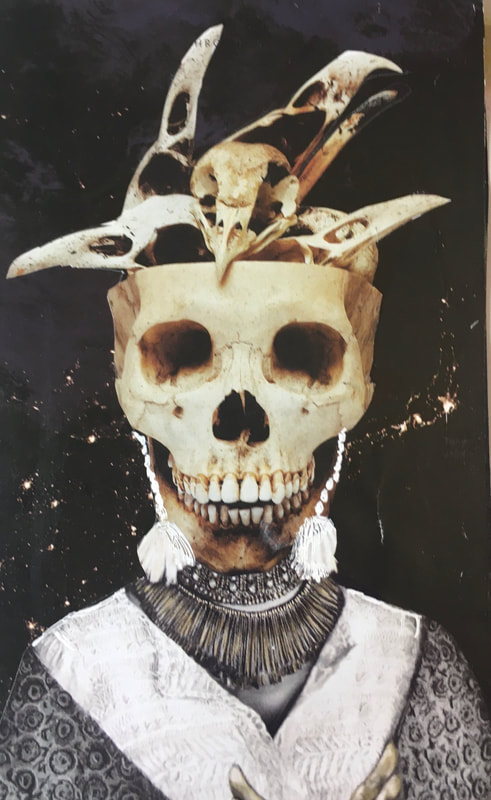
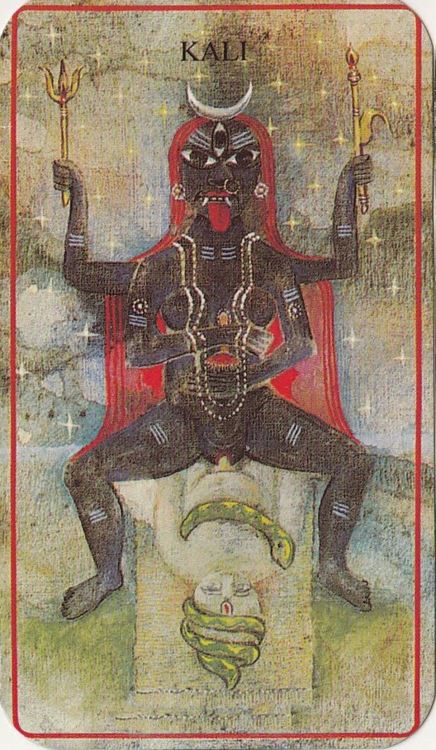
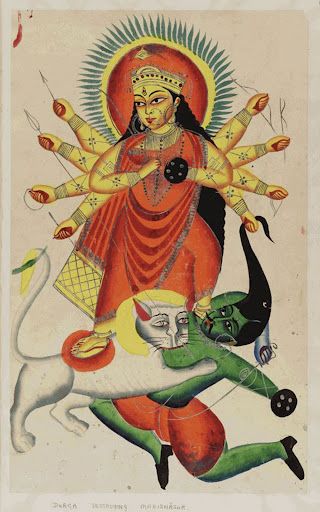
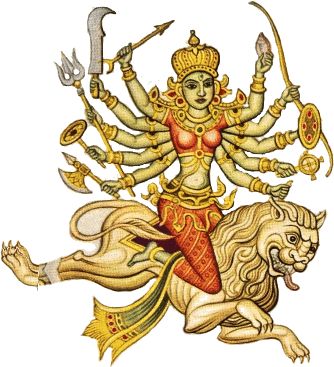
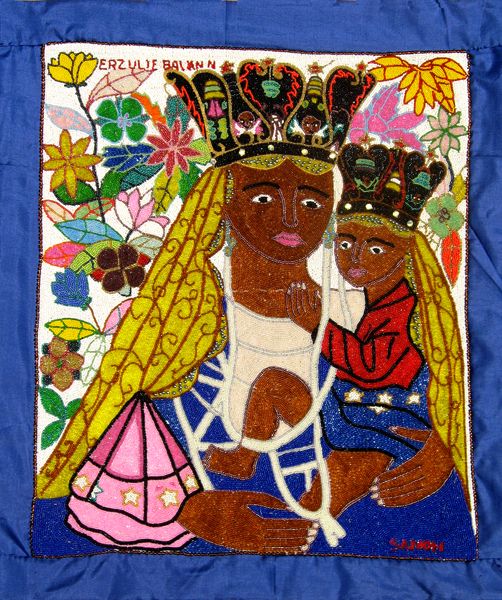
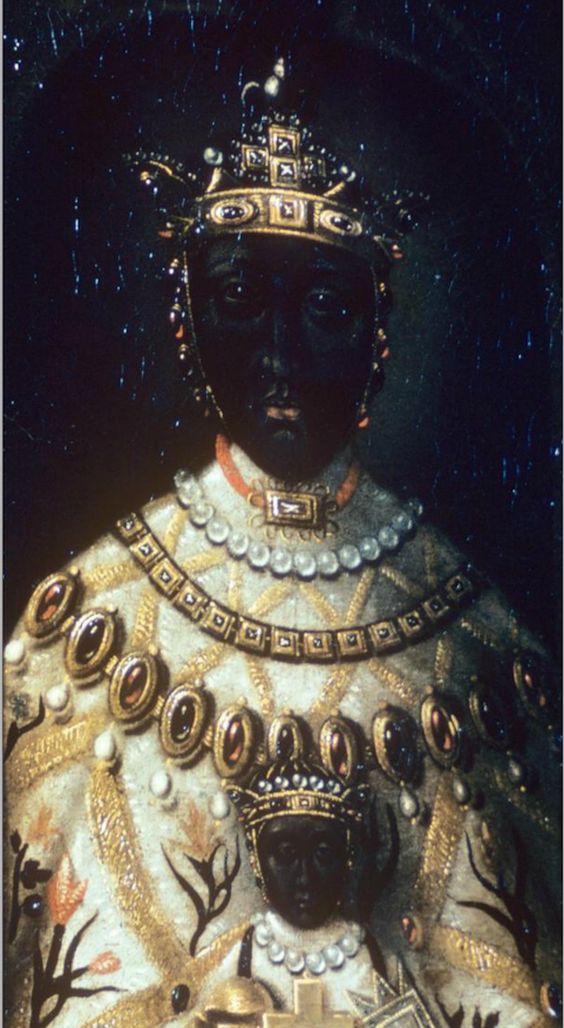
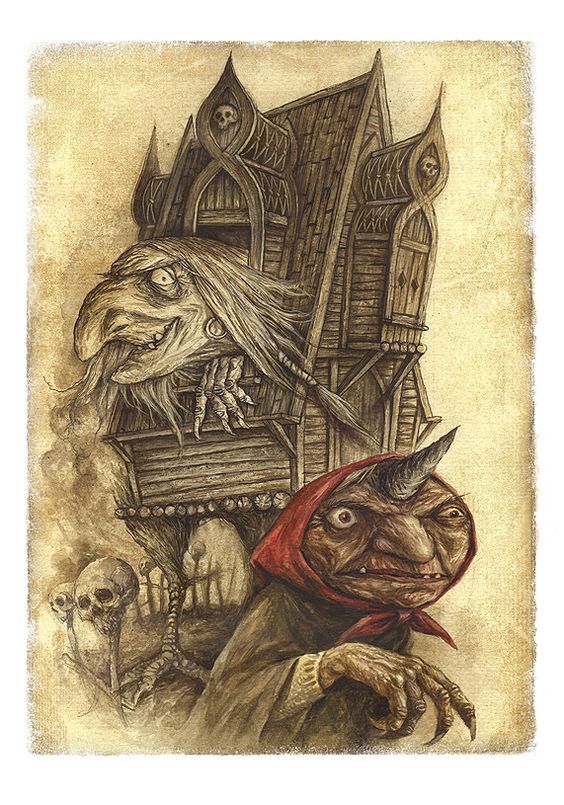
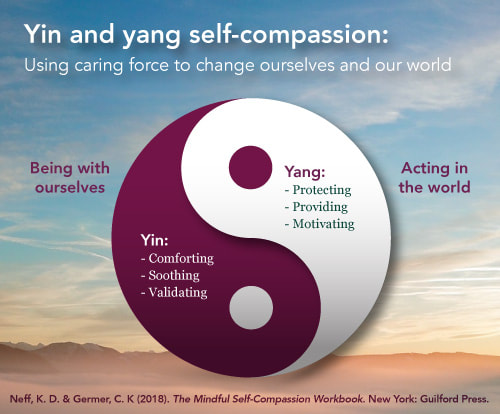
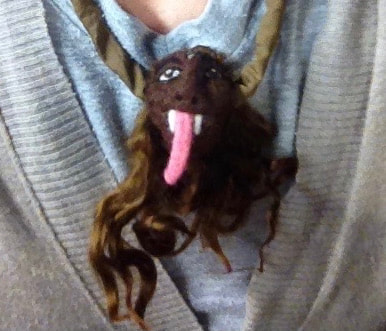
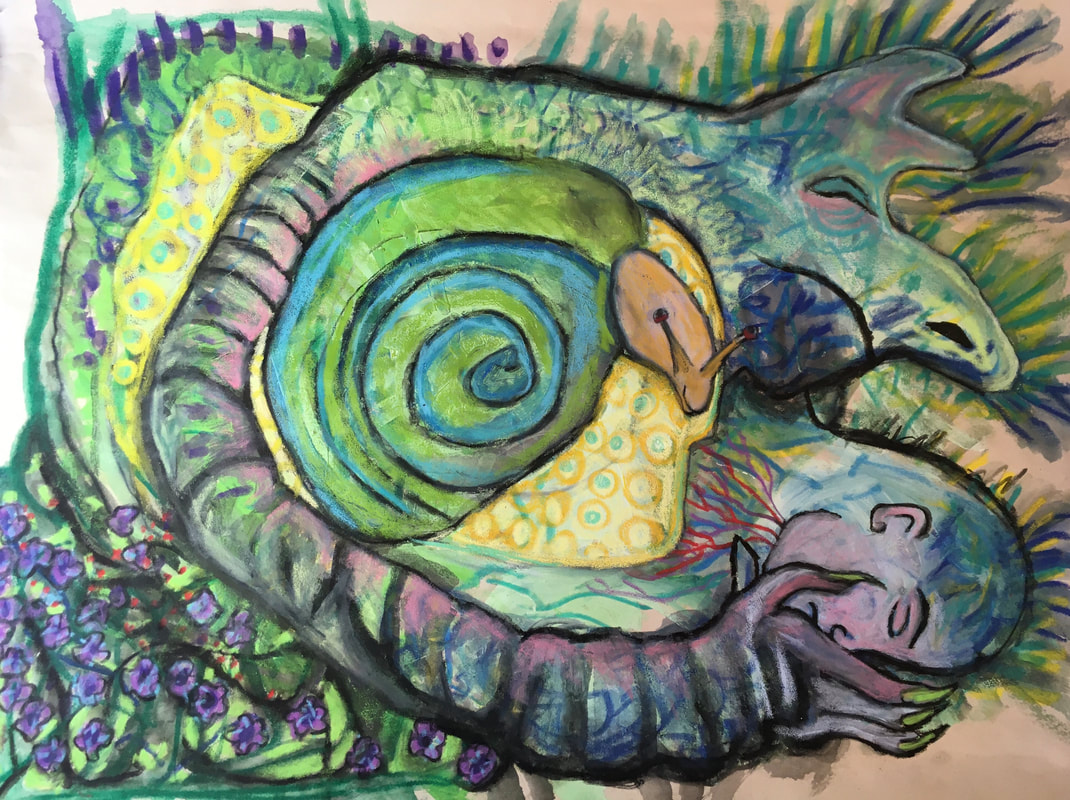
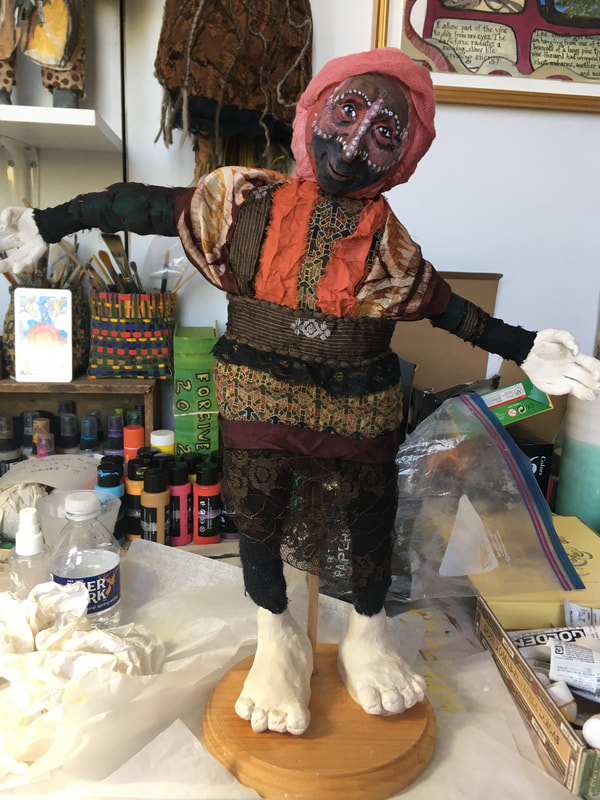
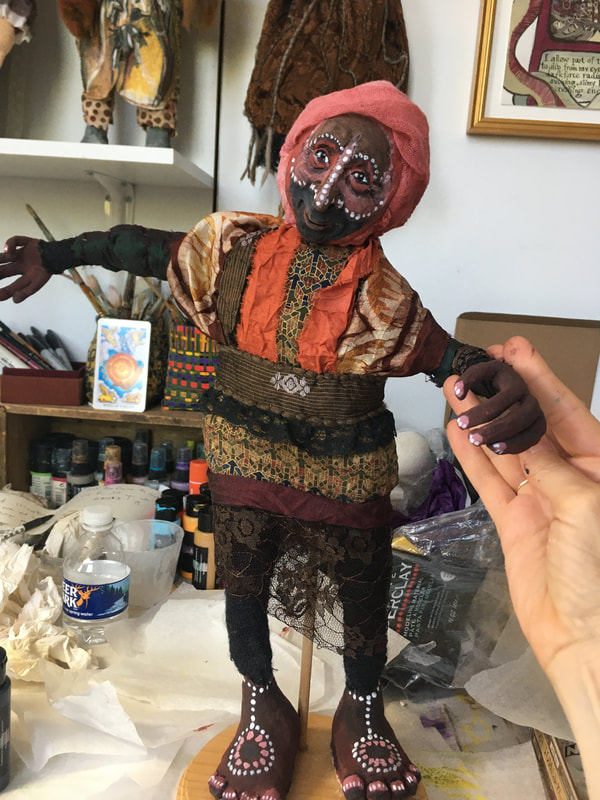
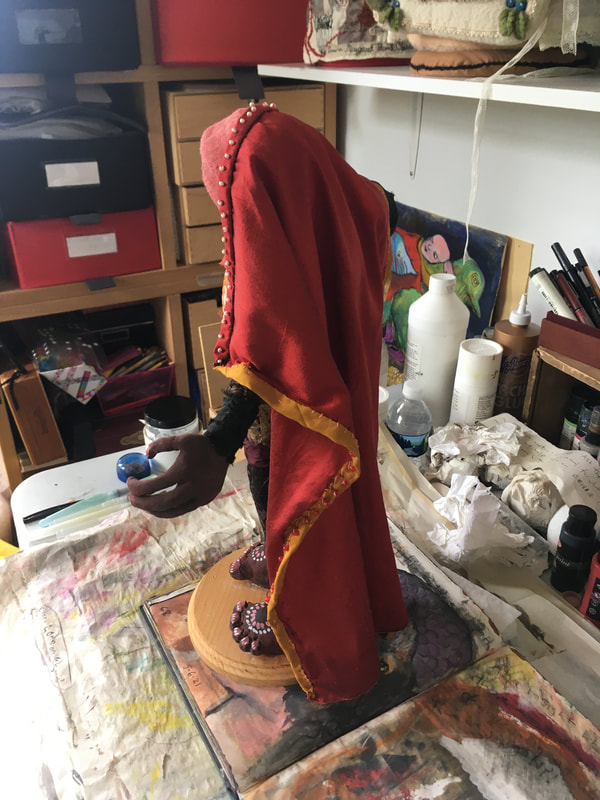
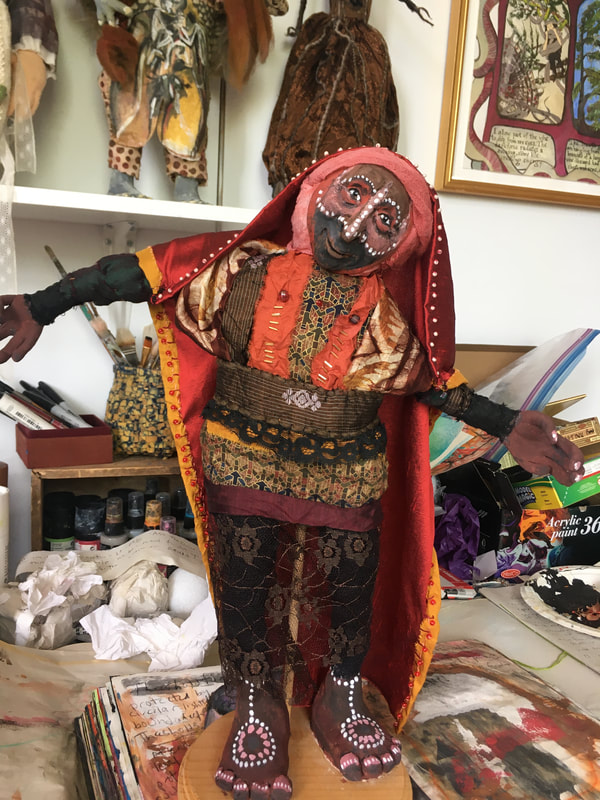
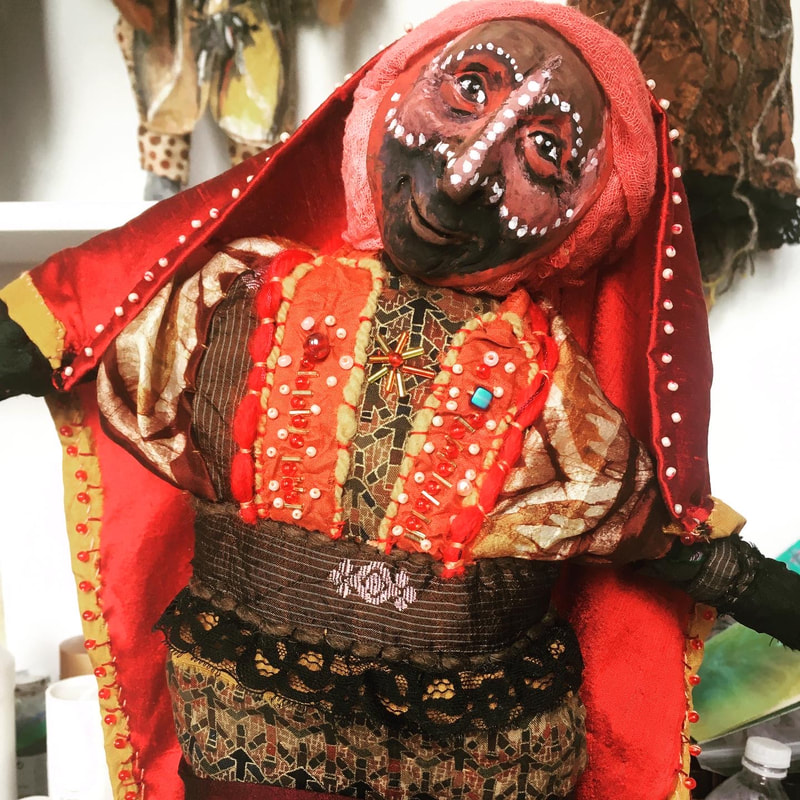
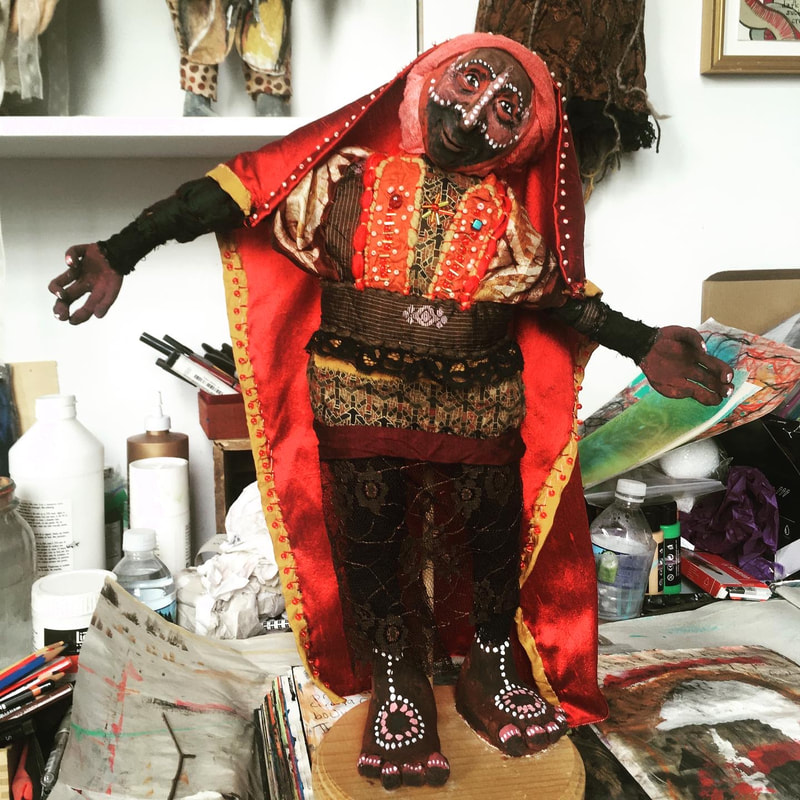
 RSS Feed
RSS Feed